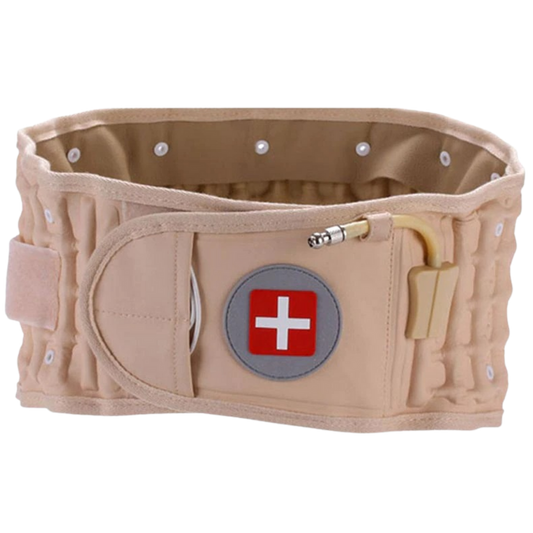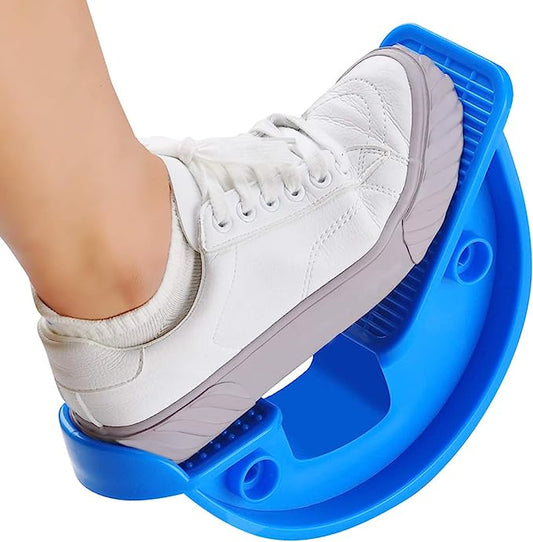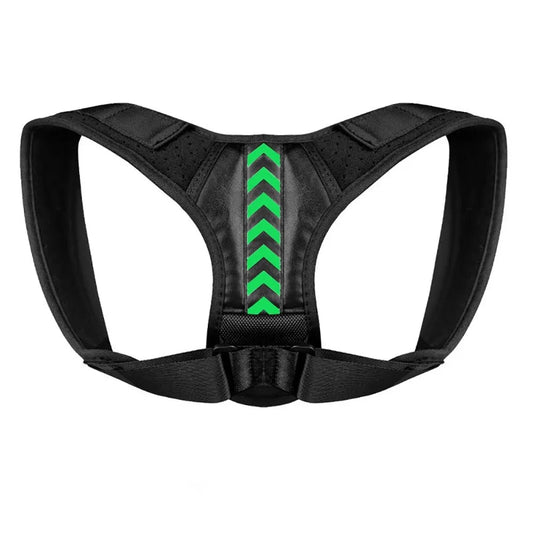As a result, it is often a common exercise prescribed by physiotherapists following a lower back injury. The premise of the bridge is to strengthen that butt of yours in turn strengthening your weak lower back while engaging your abs.
This is how you do the bridge exercise:
- Lie on the floor facing up with your knees bent and feet flat.
- Put your arms at the side with your palms facing down.
- Lift your hips off the ground until you form a straight line from your shoulders, hips to your knees.
- Tense your glute muscles along with your abs during this motion.
- Hold the bridge position for a 1-2 seconds and return back slowly.
- Repeat
If you are fully fit and you workout regularly then you will probably see the bridge as being too easy and will skip it. That’s fair enough, as I did exactly the same when I was prescribed these and once I got over my weakness I too skipped it as I simply didn’t feel any increase in strength.
However what I later learnt, like with most exercises, is that there are a few variations of this bridge exercise which increases the level of resistance you can place upon the muscle groups during the routine which helps you build on your previous gains.
Benefits of the Bridge Exercise
Improves PostureThe bridge exercise targets the glute muscle and erector spinae. These are the muscles that help you maintain an upright posture when sitting or standing.
Regular glute and erector spinae based strengthening will help you maintain a good posture almost effortlessly, especially if you spend most of the day sitting. Without them, you will find yourself slouching as your glutes aren’t strong enough to keep you upright.
Shapes the ButtThe main focus of this exercise is to target the gluteus maximus muscle, which is the largest muscle in the butt.
So its no wonder that your butt will take shape with regular exercise.
Helps with Lower Back PainThis exercise is very friendly on your lower back if you have any back problems. It’s commonly prescribed during rehab as a means to strengthen core muscle groups.
When done regularly with gradual resistance following progression, the bridge exercise will help reduce back pain as you work the hamstrings, lower back, abs and glutes simultaneously when carrying out the motion.
Muscles worked in the Bridge Exercise
When performed correctly, the main muscle groups worked include your hip abductors, gluteus maximus (providing you squeeze), and hamstrings. During the exercise, you abs, obliques, and quadriceps also get a workout providing your engage them by tensing and holding.Common Mistakes
Raising your hips too highIf you raise your hips too high you will end up hyperextending your lower back. Try to tense your abs during this motion to prevent this from happening.
Hips SaggingYour hips are dropping during the bridge position. This will happen if you don't have the strength to maintain the bridge position. Build up your strength by holding the bridge a few seconds at a time.
Bridge Exercise Variations
If you are fully fit and workout regularly then you will probably see the basic bridge exercise as being too easy and will probably skip this exercise. I did exactly the same when I was prescribed this once I got over my weaknesses as I struggled to feel any further increase in strength.
However, like most things, there are a few variations of the bridge exercise which you can do to add additional resistance to enable you to work the muscles harder, thus increasing their strength. See below:
Single Leg Bridge
- Lie on the floor facing up with your knees bent and feet flat.
- Put your arms at the side with your palms facing down.
- Slowly raise and extend one leg out in the air.
- Lift your hips off the ground until you form a straight line from your shoulders, hips to your knees.
- Tense your glute muscles along with your abs during this motion.
- Hold 1-2 seconds and return back to starting position keeping one leg raised.
- Repeat by lifting the hips off the floor.
Swiss Ball Bridge
The Swiss Ball Bridge adds a level of resistance onto the existing short bridge.
- Lie on your back and stretch your legs out on to the exercise ball.
- Keep your back straight and put your arms on the side.
- Lift your hips off the ground so your body is straight from your chest, hips and feet.
- Use your arms if you need support.
- After a few seconds return back to start.
- Repeat
After performing this myself I did feel my lower back felt better supported soon afterwards. Your mileage may vary depending on your own lower back.
Medicine Ball Bridge
- Lay on your back with hands by your side side.
- Put both feet on top of the medicine ball.
- Lift hips straight up to make a straight line from shoulder to gluteus muscles.
- Hold for 1-2 seconds and return.
- Repeat.




